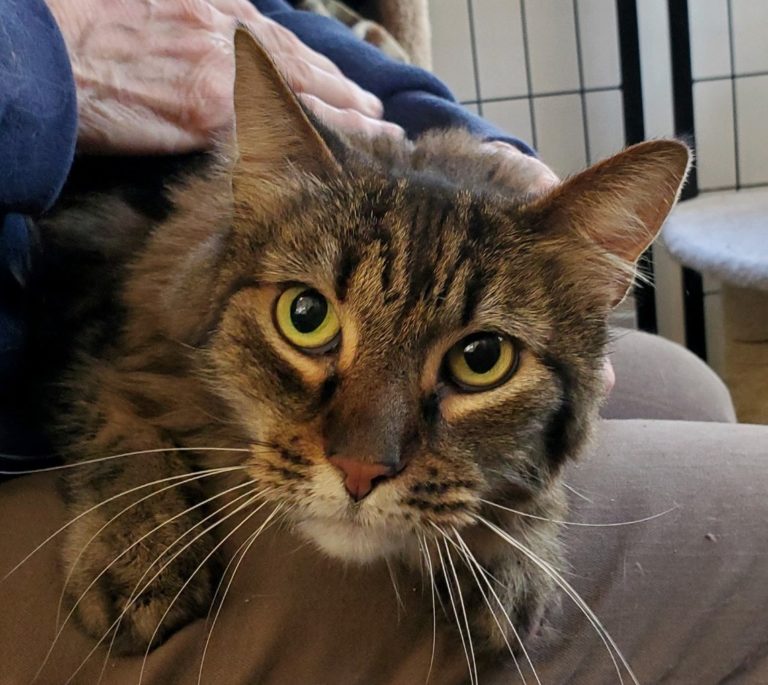Nothing in this article is meant to be medical advice. Please consult your own healthcare provider.
Some info below taken from:
www.behavioraltech.com
There’s a skill used in cognitive-behavioral therapy called Opposite Action. It is very effective for managing troubling emotions and problematic ways we deal with them.
As the name implies, the skill involves reversing both how the emotion feels and what problematic actions we habitually take to deal with the emotion (behavioral-expressive aspects).
Problematic actions don’t lead to a beneficial outcome. They often perpetuate or make worse the troubling emotion and interfere with our daily lives and relationships.
Let it be stated, though, that we don’t need or want to change all troubling emotions. For instance, grief over the loss of a loved one is painful but genuine and we honor this emotion as appropriate in our culture.
The idea of OA is to change the behavioral-expressive aspects of a troubling emotion by acting in a way that is opposite to that emotion. We are not wasting our time trying to block the emotion, which usually is ineffective anyway, but are changing what actions we take. This can lead over time to reducing the strength of that emotion, making it easier to manage.
For example, withdrawing from life when feeling sad or blue can cause the sadness to last longer. Constantly shouting at someone you are angry with but care about can push them away.
How OA works, in five steps:
- Name the emotion. We may want some help with this because it can be a bit tricky at times.
- Name the problematic action connected to the emotion. For example:
Fear: Avoid
Anger: Attack/judgmental thoughts
Sadness: Withdraw
Shame: Hide - Decide do you want to reduce this emotion? If we don’t really want to reduce the emotion, we won’t have success with OA. Ask yourself, “Will reducing this emotion and changing my actions bring me closer to the life I want to live?”
- What is the emotion’s opposite action? Using the chart above, here are the OAs:
Avoid (Fear): Approach; do what you are afraid of
Attack/judgmental thoughts (Anger): Gently avoid; be kind/decent
Withdraw (Sadness): Be active; approach. Go do other things that make you feel confident and competent.
Hide (Shame): Approach; repeat this behavior over and over. - Go all in. This final step means genuinely, enthusiastically, repeatedly engaging in the OA. This isn’t easy so don’t scold yourself for finding it challenging.
Do keep on keeping on, though, and eventually, you will see the results you want. As stated above, like any skill this requires practice. It will not work for you if you don’t work it.
Some last thoughts. OA works when the troubling emotion is not well-founded in real situations. Fear is justified when there’s a real threat to life and limb; OA won’t work here. Anger is an exception. Although anger may be justified, our habitual actions may make the situation worse, and then OA may be the right skill.
Don’t give up practicing OA, and OA won’t give up on you.
Callie Wight is a California state-licensed registered nurse with a Master of Arts in psychology.






